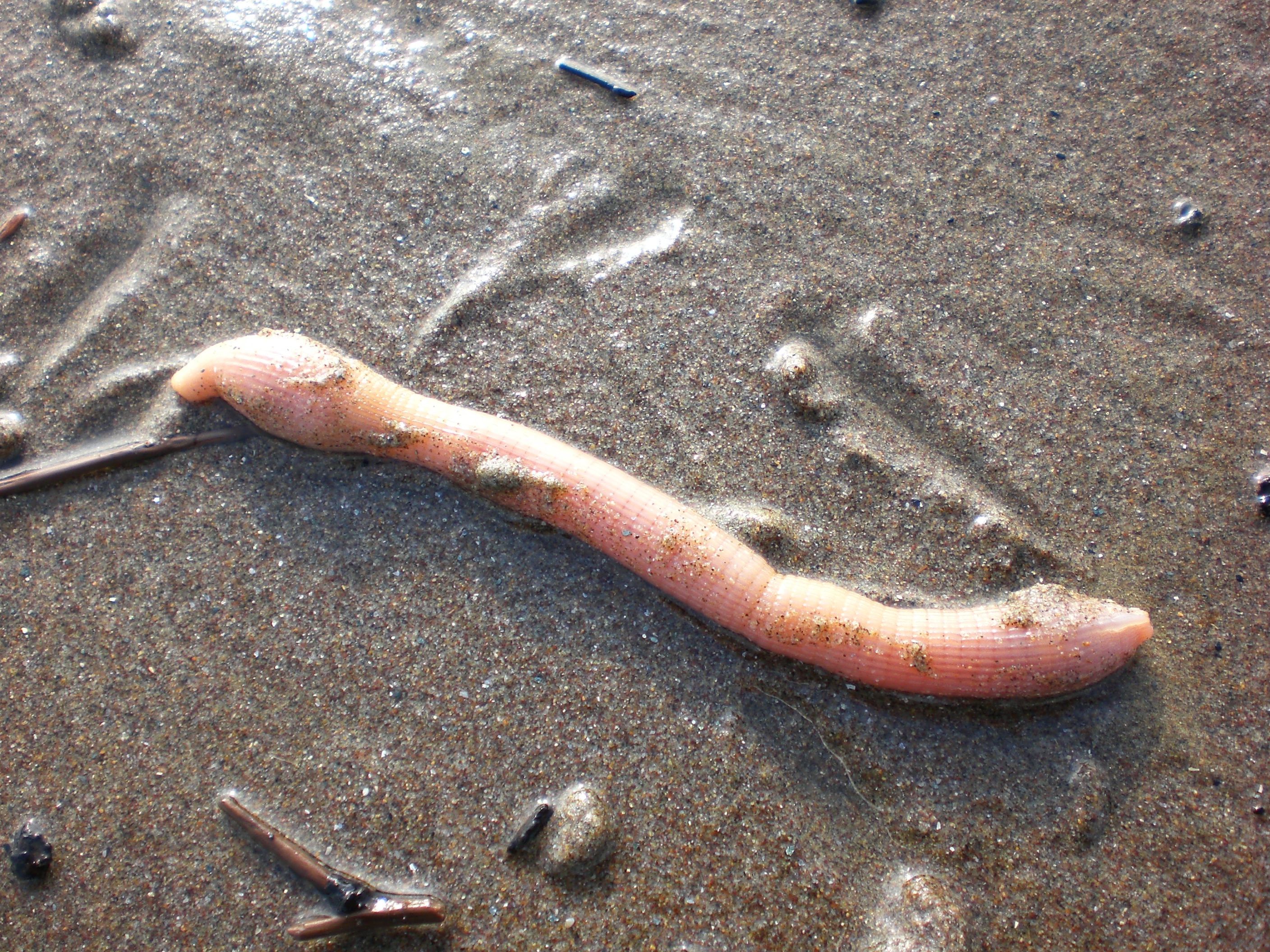|
Phascolosomatidae
''Phascolosomatidae'' is a family of peanut worms. It is the only family in the order Phascolosomatida, which is in the class Phascolosomatidea. Species ''Antillesoma'' * ''Antillesoma antillarum'' (Grübe & Oersted, 1858) ''Apionsoma'' * '' Apionsoma capitata'' (Gerould, 1913) * '' Apionsoma misakianum'' (Ikeda, 1904) * '' Apionsoma murinae'' (Cutler, 1969) * '' Apionsoma pectinatum'' (Keferstein, 1867) * '' Apionsoma trichocephala'' Sluiter, 1902 ''Phascolosoma'' * '' Phascolosoma agassizii'' (Keferstein, 1866) * '' Phascolosoma albolineatum'' (Baird, 1868) * '' Phascolosoma annulatum'' (Hutton, 1879) * '' Phascolosoma arcuatum'' (Gray, 1828) * '' Phascolosoma glabrum'' (Sluiter, 1902) * ''Phascolosoma granulatum ''Phascolosoma granulatum'' is a species of peanut worm in the family Phascolosomatidae. It is found in shallow water in the northeastern Atlantic Ocean and the Mediterranean Sea. Description ''P. granulatum'' is a moderately large peanut worm g ...'' (Leuckart, ... [...More Info...] [...Related Items...] OR: [Wikipedia] [Google] [Baidu] |
Phascolosoma Granulatum
''Phascolosoma granulatum'' is a species of peanut worm in the family Phascolosomatidae. It is found in shallow water in the northeastern Atlantic Ocean and the Mediterranean Sea. Description ''P. granulatum'' is a moderately large peanut worm growing to a length of . The trunk is robust and tapers towards the posterior. The eversible introvert has a crescent-shaped bundle of 12 to 60 tentacles near its tip; these tentacles are located above the mouth and surround the large nuchal organ. Below the oral disc is a swollen collar with up to 60 rings of curved hooks with broad triangular bases. The posterior rings are often partially worn away. The surface of the trunk is covered with dome-shaped papillae (fleshy projections from the body wall) of various sizes, each tipped with a dark coloured ring. The largest papillae are at the base of the introvert and at the foot of the trunk and are often a darker colour than the remainder. Small individual worms tend to have dark banding on t ... [...More Info...] [...Related Items...] OR: [Wikipedia] [Google] [Baidu] |
Phascolosomatidea
Phascolosomatidea is a subclass of the class Sipuncula, the peanut worm The Sipuncula or Sipunculida (common names sipunculid worms or peanut worms) is a class containing about 162 species of unsegmented marine annelid worms. The name ''Sipuncula'' is from the genus name ''Sipunculus'', and comes from the Latin ' ...s, containing two orders:- * Aspidosiphonida containing the single family Aspidosiphonidae * Phascolosomatida containing the single family Phascolosomatidae Their hooks are arranged in regular rings. References Sipunculans Protostome classes {{Protostome-stub ... [...More Info...] [...Related Items...] OR: [Wikipedia] [Google] [Baidu] |
Antillesoma
''Antillesoma'' is a genus of peanut worms (Phylum Sipuncula). The genus belongs to the family Phascolosomatidae ''Phascolosomatidae'' is a family of peanut worms. It is the only family in the order Phascolosomatida, which is in the class Phascolosomatidea. Species ''Antillesoma'' * '' Antillesoma antillarum'' (Grübe & Oersted The oersted (symbol Oe) .... ''Antillesoma'' was described in 1973 by Stephen and Edmonds.World Register of Marine Especies (WoRMS): ''Antillesoma'' (Stephen & Edmonds, 1972) AphiaID: 13602/ref>Cutler, Edward B. & Gibbs, Peter E. (1985): A Phylogenetic analysis of higher taxa in the Phylum Sipuncula. Systematic Zoology 34(2):162-173. Species The following species are recognised: * '' Antillesoma antillarum'' (Grube, 1858) *'' Antillesoma mexicanum'' Silva-Morales, López-Aquino, Islas-Villanueva, Ruiz-Escobar & Bastida-Zavala, 2019 References External links {{Taxonbar, from=Q2934321 Sipunculans Monotypic protostome genera ... [...More Info...] [...Related Items...] OR: [Wikipedia] [Google] [Baidu] |
Peanut Worms
The Sipuncula or Sipunculida (common names sipunculid worms or peanut worms) is a class containing about 162 species of unsegmented marine annelid worms. The name ''Sipuncula'' is from the genus name '' Sipunculus'', and comes from the Latin ''siphunculus'' meaning a "small tube". Sipuncula was once considered a phylum, but was demoted to a class of Annelida, based on recent molecular work. Sipunculans vary in size but most species are under in length. The body is divided into an unsegmented, bulbous trunk and a narrower, anterior section, called the "introvert", which can be retracted into the trunk. The mouth is at the tip of the introvert and is surrounded in most groups by a ring of short tentacles. With no hard parts, the body is flexible and mobile. Although found in a range of habitats throughout the world's oceans, the majority of species live in shallow water habitats, burrowing under the surface of sandy and muddy substrates. Others live under stones, in rock crev ... [...More Info...] [...Related Items...] OR: [Wikipedia] [Google] [Baidu] |
Antillesoma Antillarum
''Antillesoma antillarum'' is the type species of the peanut worm genus ''Antillesoma''. The genus belongs to the family Phascolosomatidae. Synonymy * '' Aspidosiphon mokyevskii'' (Murina, 1964) * '' Golfingia (Thysanocardia) mokyevskii'' Murina, 1964 * '' Golfingia mokyevskii'' Murina, 1964 * '' Phascolion antillarum'' * '' Phascolosoma (Aedematosomum) antillarum'' Grube, 1858 * '' Phascolosoma (Antillesoma) antillarum'' Grube, 1858 * '' Phascolosoma (Antillesoma) asser'' (Selenka & De Man, 1883) * '' Phascolosoma (Antillesoma) pelmum'' (Selenka & De Man, 1883) * '' Phascolosoma (Antillesoma) schmidti'' Murina, 1975 * '' Phascolosoma (Rueppellisoma) gaudens'' (Lanchester, 1905) * '' Phascolosoma (Rueppellisoma) onomichianum'' (Ikeda, 1904) * '' Phascolosoma (Rueppellisoma) simile'' (Chen & Yeh, 1958) * '' Phascolosoma (Rueppellisoma) weldonii'' (Shipley, 1892) * '' Phascolosoma aethiops'' Baird, 1868 * '' Phascolosoma antillarum'' Grube, 1858 * '' ... [...More Info...] [...Related Items...] OR: [Wikipedia] [Google] [Baidu] |
